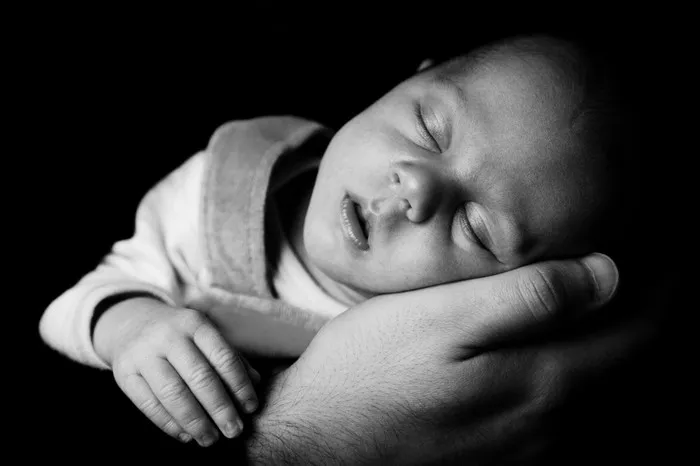1. Cold Sore Basics:
Cold sores, also known as fever blisters, are small, fluid-filled blisters that typically appear on or around the lips. They are caused by the herpes simplex virus type 1 (HSV-1), although in some cases, herpes simplex virus type 2 (HSV-2) can also cause them. HSV-1 is highly contagious and can be transmitted through close contact with an infected person, such as kissing or sharing utensils.
The lifecycle of a cold sore typically begins with a tingling or burning sensation, followed by the formation of small blisters. These blisters then burst, leaving behind open sores that crust over and eventually heal. The entire process usually takes around 7 to 10 days to complete, though it can vary depending on individual factors and treatment.
2. Factors Influencing Healing Time:
a. Individual Immune System: The strength of a person’s immune system plays a crucial role in determining how quickly a cold sore heals. A robust immune response can help to suppress the virus and reduce the duration of an outbreak. Conversely, a weakened immune system, due to factors such as stress, illness, or certain medications, can prolong healing time.
b. Outbreak Severity: The size and severity of the cold sore outbreak can also impact healing time. Larger, more severe outbreaks may take longer to heal compared to smaller, less severe ones. Additionally, if the outbreak is accompanied by other symptoms such as fever or swollen lymph nodes, it may indicate a more significant viral activity, which could extend the healing process.
c. Treatment Options: Early intervention with antiviral medications, over-the-counter creams, and home remedies can potentially speed up healing. These treatments work by either directly targeting the virus or alleviating symptoms to promote faster recovery.
3. Treatment Options for Faster Healing:
a. Antiviral Medications: Prescription antiviral medications, such as acyclovir (Zovirax) or valacyclovir (Valtrex), are commonly used to treat cold sores. These medications can help to reduce the severity and duration of outbreaks when taken early in the course of the infection. They work by inhibiting the replication of the virus, thereby allowing the body’s immune system to better control the infection.
b. Over-the-Counter Remedies: Over-the-counter creams containing ingredients like docosanol (Abreva) can also be effective in reducing the duration of cold sores. These creams work by forming a protective barrier over the affected area, preventing the virus from spreading and promoting healing. While they may not eliminate the virus entirely, they can help to alleviate symptoms and speed up recovery.
c. Home Remedies: There are several home remedies that may help to soothe discomfort and promote faster healing of cold sores. These include applying ice packs to the affected area to reduce inflammation, using lip balms containing lemon balm extract, and keeping the area clean and dry to prevent secondary infections. While these remedies may not be as potent as prescription medications, they can provide relief from symptoms and support the body’s natural healing process.
4. Prevention Tips:
a. Avoiding Triggers: Identifying and avoiding common cold sore triggers can help to reduce the frequency and severity of outbreaks. These triggers may include stress, sun exposure, hormonal changes, and certain foods. By minimizing exposure to these triggers, individuals can help to prevent cold sore flare-ups.
b. Hygiene Practices: Practicing good hygiene habits, such as regular handwashing and avoiding sharing personal items like utensils or towels, can help to prevent the spread of the virus to others. Additionally, avoiding close contact with individuals who have active cold sores can reduce the risk of transmission.
c. Maintaining a Healthy Lifestyle: Maintaining a healthy lifestyle with a balanced diet, regular exercise, and adequate sleep can help to support the immune system and reduce the frequency of cold sore outbreaks. Managing stress levels through relaxation techniques or mindfulness practices may also be beneficial in preventing flare-ups.
5. When to Seek Medical Attention:
While cold sores are usually harmless and resolve on their own, there are certain situations where medical attention may be necessary:
Severe or Frequent Outbreaks: If cold sores are particularly severe, recurrent, or do not respond to over-the-counter treatments, it may be advisable to consult a healthcare professional. They can provide further evaluation and recommend appropriate management strategies.
Complications or Concerns: If a cold sore becomes infected, indicated by symptoms such as increased pain, redness, or drainage of pus, medical attention should be sought promptly. Additionally, if cold sores are accompanied by other concerning symptoms such as fever, swollen glands, or difficulty breathing, a healthcare provider should be consulted for further evaluation.
Conclusion
In conclusion, while it is possible for a cold sore to heal in as little as three days for some individuals, the typical duration of healing is around 7 to 10 days. Factors such as the strength of the immune system, the severity of the outbreak, and the use of appropriate treatments can all influence healing time. By understanding these factors and following preventive measures, individuals can effectively manage cold sores and minimize their impact on daily life.


